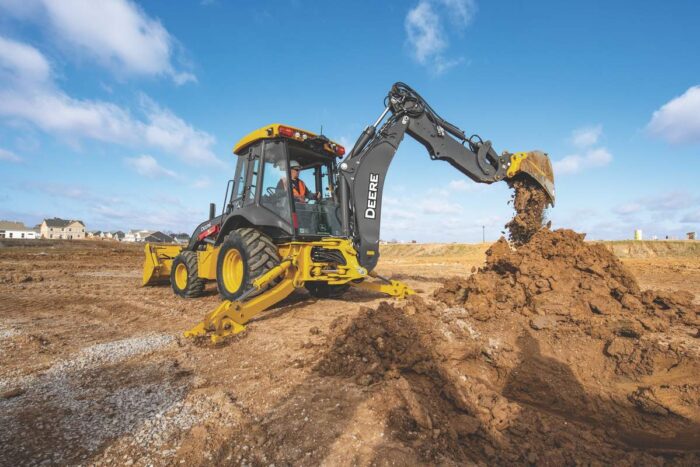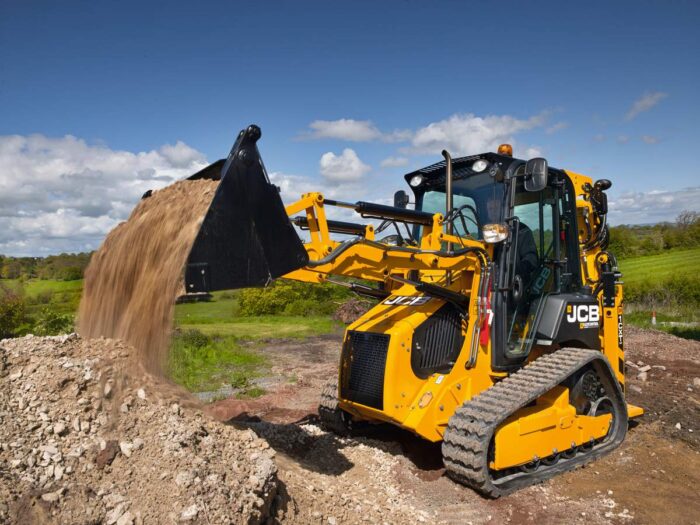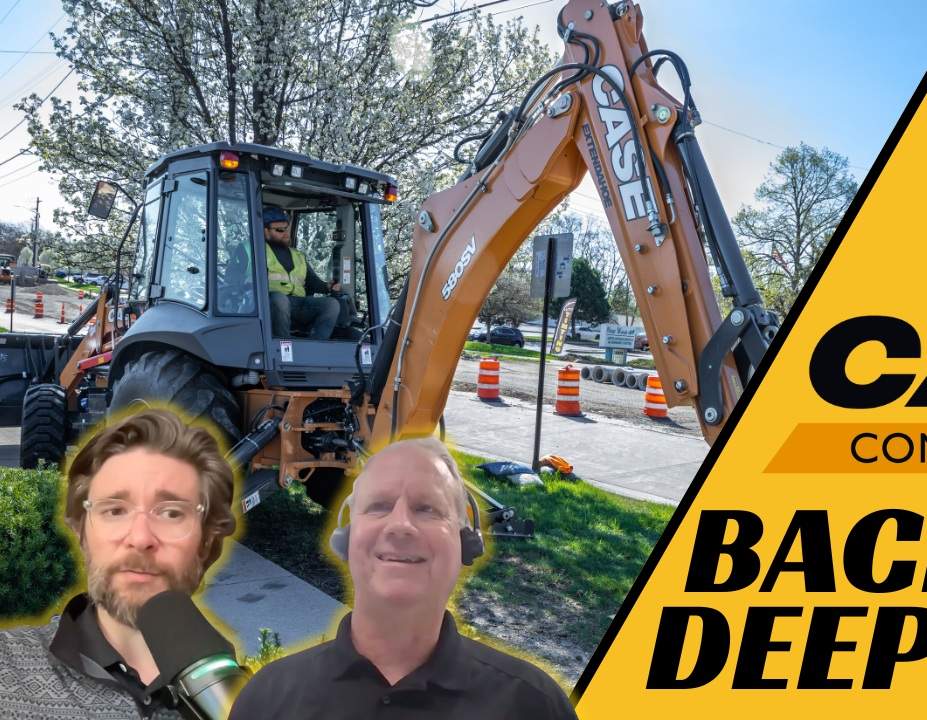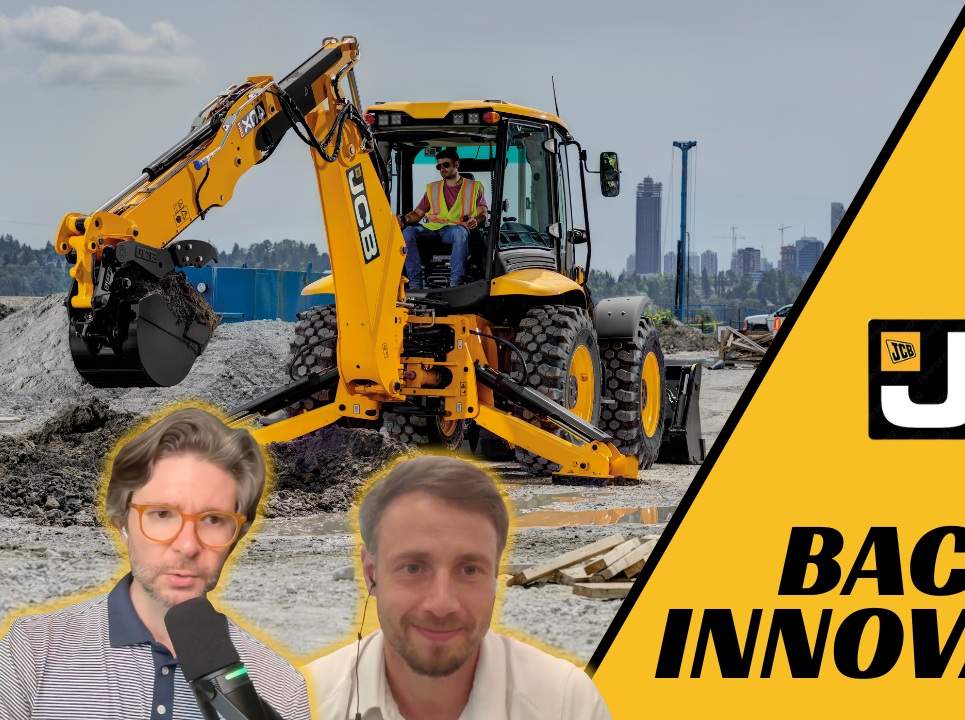Video: What Killed the Backhoe Loader? And Is It Really Dead?
The backhoe loader has long been a fixture on jobsites. For decades, it was the do-it-all machine for contractors, municipalities and farmers. But over the last 15 years, the backhoe faded as skid steers, compact track loaders (CTLs) and mini excavators gained ground. In the latest episode of Machine Heads, Wayne Grayson digs into how the market shifted, why the backhoe is making a comeback and what today’s models look like.
Why Backhoes Lost Ground

The 2008 recession hit backhoe sales hard. Contractors leaned on rentals and shed machines they no longer considered essential. Unlike other categories, backhoe sales never fully recovered. At the same time, compact equipment exploded. Contractors paired skid steers or CTLs with mini excavators, often preferring two dedicated machines over one hybrid. Compact wheel loaders and telehandlers added to the competition. Perception also mattered. By 2010, many younger operators saw backhoes as outdated. Lever controls felt clunky compared to joysticks. The machine’s complexity made it less approachable for new workers and more costly for buyers. Pricing pushed some customers away too, especially in agriculture. Farmers wanted lower-cost utility machines, but backhoes often fell above their budget.
Why Backhoes Are Back
Despite those challenges, the market has stabilized. Since around 2020, sales have ticked upward. Several factors are driving this resurgence. Modern backhoes now feature auxiliary hydraulics, quick couplers and thumbs. They support a wide array of attachments, expanding their versatility. Municipal fleets never abandoned them, valuing their road speeds and ability to perform multiple tasks with one operator. Private contractors are returning too. Utility crews, landscapers and farmers are finding value in updated models that balance affordability with capability. Manufacturers have also modernized controls with servo systems, pilot controls and digital displays, making them more intuitive for today’s operators.
JCB: Innovation and Specialization

JCB continues to push design boundaries. Its compact 1CXT rides on tracks and blends CTL-style controls with backhoe functionality. The 3CX Compact delivers narrow dimensions, high flow hydraulics and side-shift versatility for tight urban spaces. Traditional JCB models like the 3CX and 4CX provide strong loader performance, while the 3CX Pro offers roading speeds up to 30 mph. Interest in side-shift machines is also growing in North America, mirroring Europe’s long-standing preference for digging close to structures.
Case CE: A Broad Lineup

Case Construction Equipment has the industry’s widest range of backhoes. The 580EV leads with an all-electric option built for municipalities and low-noise jobsites. The N-Series continues as a contractor favorite, offering strong lifting power and Case’s distinctive over-center design. The SV Series introduces models with equal-sized tires and advanced steering modes. For budget-conscious buyers, the Utility Plus offers full-size performance without premium extras, making it popular with rental fleets.
Bobcat: A New Entrant

Bobcat entered the market recently with the B760. This mid-size model emphasizes simplicity and power. It includes pilot controls, integrated hydraulics and a standard extendable dipper. With nearly 8,000 lbs of loader lift and a 22.6 mph travel speed, it covers a wide range of applications.
What to Consider Before Buying
If you’re exploring backhoes, think carefully about your applications. Roading speed, attachment compatibility, ease of service and dealer support all matter. Renting different models first can also help clarify the best fit for your work. The backhoe isn’t going anywhere. Once seen as a machine in decline, it’s regaining relevance thanks to modern features and bigger versatility. For many fleets, the backhoe still earns its place as the original Swiss Army knife of construction.
Keith Gribbins is publisher of Compact Equipment.
Let’s take a look at the smallest mini excavators on the market.




